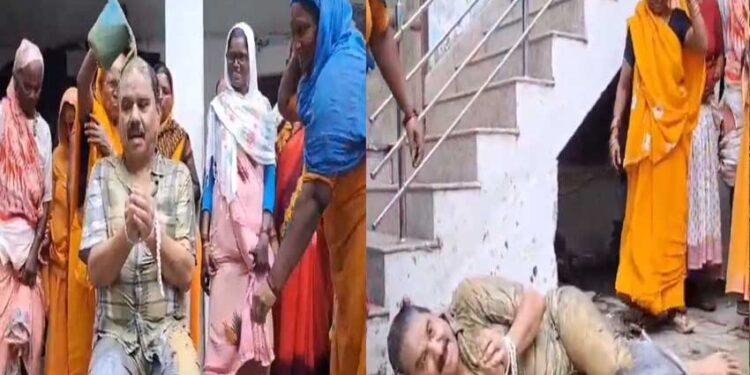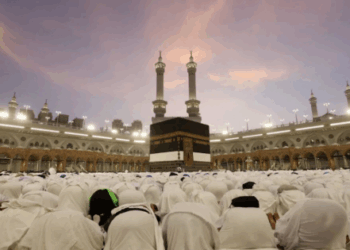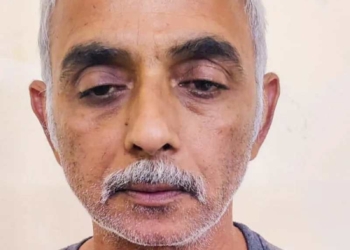Sarosh Homi Kapadia (English: SH Kapadia, born 29 September 1947, Mumbai; died 4 January 2016) was the 38th Chief Justice of India. S. H. Kapadia was appointed Chief Justice of the Supreme Court on May 12, 2010 and retired from this post on September 28, 2012. Apart from one judge, S. H. Kapadia was also deeply knowledgeable in economics, public finance and theoretical physics. He also deeply studied Hindu and Buddhist philosophies.
H. Kapadia was born on September 29, 1947 in Mumbai, Maharashtra. He was the first person from the Parsi community to become the Chief Justice of the Supreme Court. Justice S. is responsible for many important decisions like 2G, Vodafone, Sahara and Salva Judum. H. Kapadia was known. S. H. Kapadia’s legal journey started by working in a law firm. His way of living was quite simple. In the initial days of Mumbai High Court, he used to eat only gram for breakfast. Even after retirement in 2012, S. H. Kapadia did not take any position in any committee, he simply continued working from his office.
Sarosh Homi Kapadia, the senior-most judge of the Supreme Court, was sworn in as the 38th Chief Justice of India by President Pratibha Patil on May 12. The swearing-in ceremony held at Rashtrapati Bhavan was attended by Prime Minister Manmohan Singh, his cabinet colleagues, outgoing Chief Justice Justice K. Yes. Balakrishnan and other dignitaries were present. He held the post of Chief Justice from May 12, 2010 to September 28, 2012.
S. H. Kapadia was associated with the five-judge constitutional bench which gave a historic decision on judicial review of the laws included in the Ninth Schedule. Justice Kapadia was a specialist in tax laws. He was known for strict judicial discipline. He assumed the charge of Chief Justice at a time when the Indian judiciary was surrounded by corruption-related controversies. Justice S. H. Kapadia was associated with about 771 decisions in the Supreme Court. His 28-month tenure as Chief Justice of India was extremely challenging as there was a huge number of cases pending not only in the Supreme Court but also in the High Courts and lower courts, the need to reduce them was immense.










